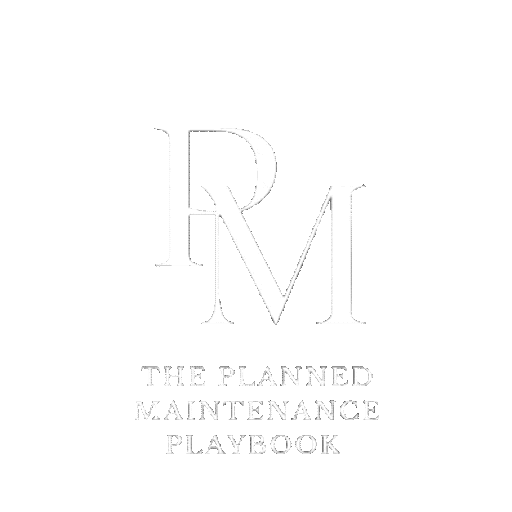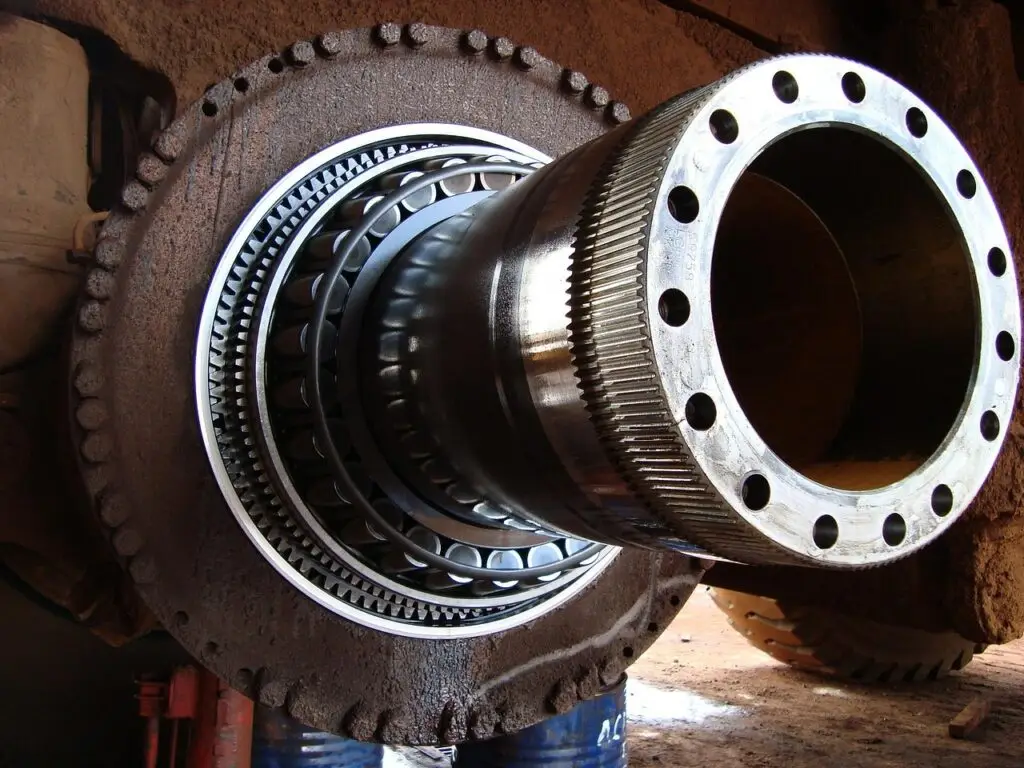“A plan is what; a schedule is when. It takes both a plan and a schedule to get things done.” Thus, according to Peter Turla, it’s inevitable that effective scheduling is crucial in maintenance planning to ensure equipment reliability, minimise downtime, and maximise operational efficiency. Still, in today’s world, there are two distinguished scheduling methodologies in maintenance planning: meter- and time-based scheduling. They have advantages and challenges; selecting the right approach can significantly impact your maintenance program’s success. In this discussion, I will delve into the key variations between these two scheduling methods and help you determine the best fit for your maintenance needs.
What is Time-Based Scheduling in Maintenance?
Time-based scheduling, by definition, refers to planning maintenance activities based on predetermined time intervals, commonly used in industries where equipment operates under consistent conditions; maintenance task schedules run at regular intervals—say daily, weekly, or monthly—regardless of equipment performance metrics.
Advantages of Time-Based Scheduling
Simplicity -This scheduling type is simple to implement and follow, allowing maintenance teams to easily access schedules based on calendar dates and making planning seamless.
Easy to Predict: Maintenance tasks are regularly executed in this case, allowing for consistent planning and resource allocation. Predictability is crucial for organisations seeking to anticipate unexpected equipment failures.
Routine Maintenance: This is a good option for equipment that experiences steady wear and tear because regular maintenance can prevent minor issues from escalating into a nuisance, enhancing overall reliability.
Limitations of Time-Based Scheduling
The experience shows us that performing maintenance tasks strictly based on time intervals usually results in unnecessary maintenance activities, wasting resources and time on equipment that may not require immediate attention.
Risk of Under-Maintenance: Conversely, if intervals are set too far apart, the risk of equipment failure may increase, potentially leading to costly downtime.
Inflexibility: Changes in operational conditions or equipment performance may require adjustments that a rigid time-based schedule cannot accommodate.
What is Meter-Based Scheduling in Maintenance?
Meter-based scheduling, on the other hand, focuses on tracking equipment usage metrics like operating hours, cycles, or production counts to determine the next maintenance date. This approach allows maintenance activities to align more closely with the actual performance and condition of the equipment.
The Advantages of Meter-Based Scheduling
Enhanced Efficiency: By scheduling maintenance based on accurate data and usage, meter-based scheduling eliminates unnecessary tasks, ensuring correct resource investment.
Proactive Maintenance: This approach promotes proactive maintenance, as tasks are triggered by actual wear conditions, potentially extending the lifespan of equipment and minimising unexpected breakdowns.
Optimised Resource Allocation: Maintenance resources are used more effectively, as tasks are carried out based on actual performance rather than arbitrary timelines.
Limitations of Meter-Based Scheduling
Complexity in Tracking: Implementing a meter-based system requires reliable tracking of equipment performance, which can involve more sophisticated tools and technology.
Less Predictability: While flexibility is an advantage, the unpredictability of when maintenance will occur can make it challenging for teams to plan resources and schedules effectively.
Initial Costs: Setting up a meter-based system may require upfront investments in monitoring equipment and software, which some organisations might find prohibitive.
Meter-Based vs. Time-Based: Choosing the Right Approach for Maintenance Planning
To decide between meter-based and time-based scheduling in maintenance planning, consider the following factors:
Type of Equipment: Time-based scheduling can work well for equipment with predictable usage patterns and consistent performance. However, meter-based scheduling may yield better results for machinery with varying operational demands.
Maintenance Goals: A meter-based approach might be more suitable if the objective is to maximise uptime and extend equipment life. Time-based scheduling could be more advantageous if routine checks and preventative maintenance are essential for compliance and safety.
Cost Considerations: Evaluate the costs associated with both methods. Time-based scheduling can lead to increased maintenance costs due to over-maintenance. In contrast, meter-based scheduling might have higher initial setup costs but could drive long-term savings through efficiency.
Conclusion
There is no one-size-fits-all solution for maintenance planning between meter-based and time-based scheduling. Thus, the choice solely depends on your company’s specific operational needs, equipment types, and strategic goals; hence, you can develop a more effective maintenance program that balances efficiency, reliability, and cost-effectiveness by understanding these two approaches’ relative merits and demerits. Consider piloting both methods to see which aligns best with your organisational objectives, ensuring a proactive approach to maintenance that encourages productivity and minimises downtime.



